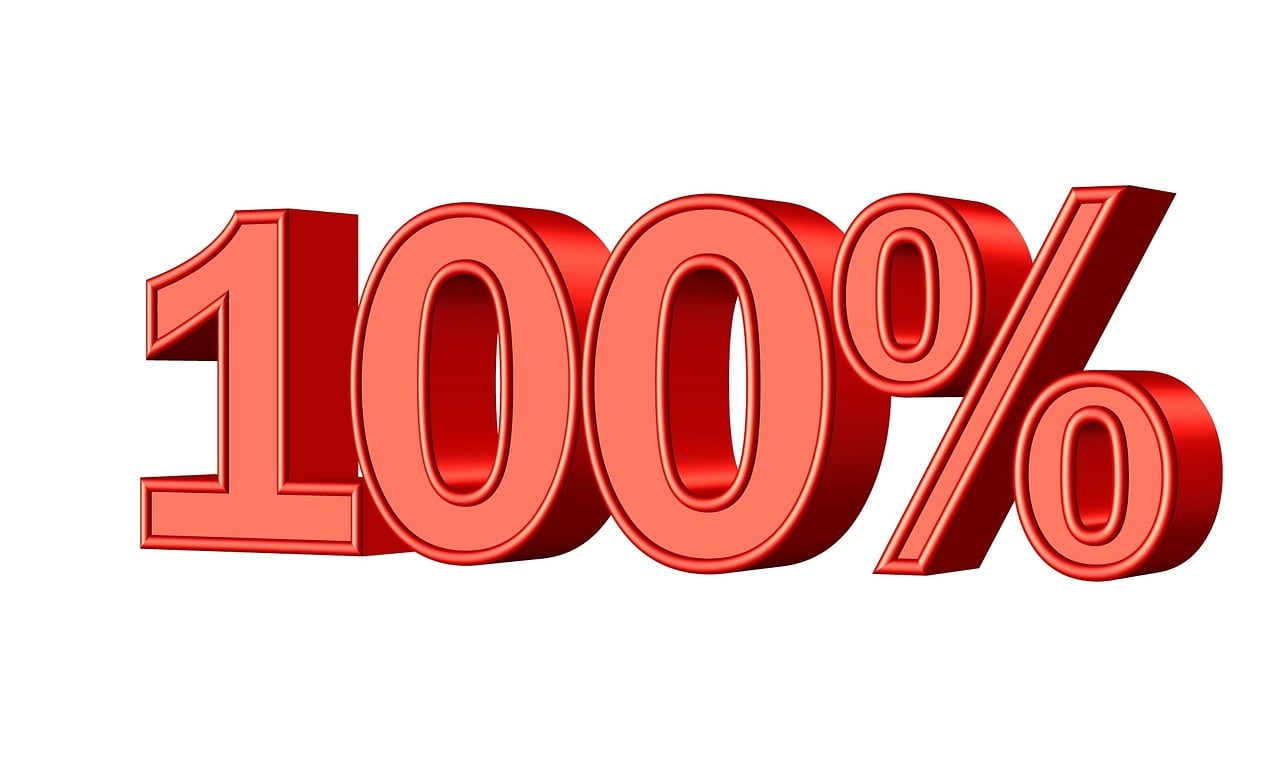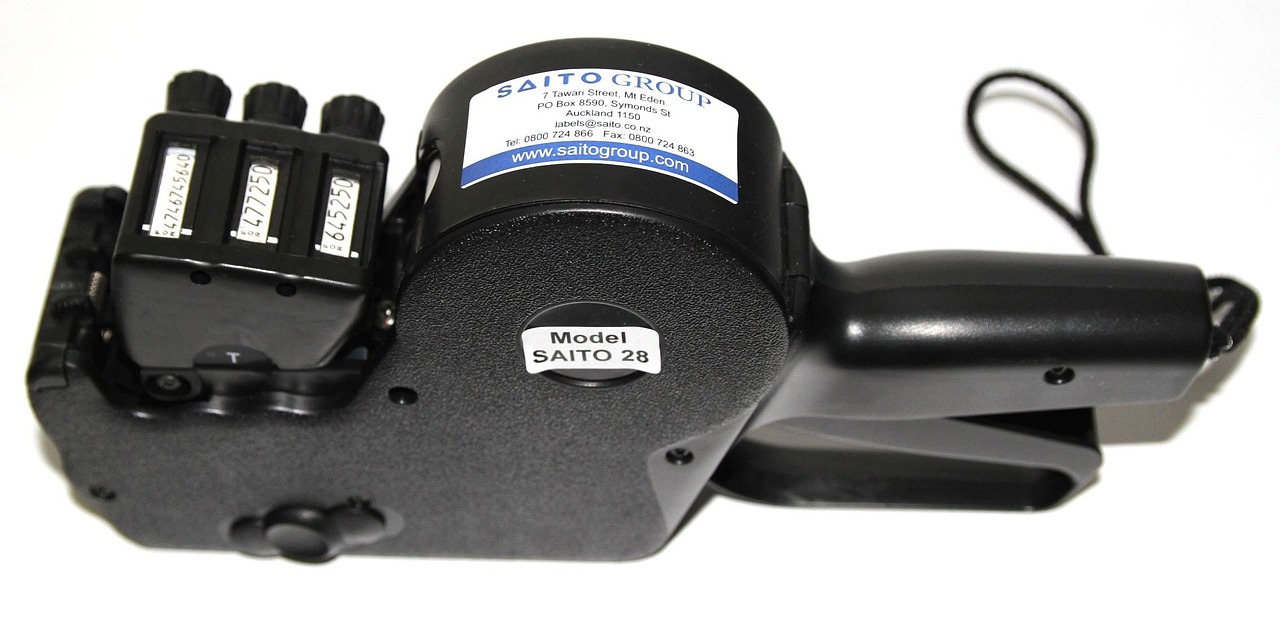In today’s fiercely competitive marketplace, setting the right price for your products or services is as much an art as it is a science. Customers have become savvy, often comparing prices on their phones while browsing in-store, and they expect to receive the best deal possible. Statistics reveal that a staggering 87% of shoppers want to feel they’ve secured a good deal before making a purchase. Yet, businesses grapple with balancing competitive pricing and maintaining a profitable margin. The approach isn’t always to slash prices—often, it’s about strategic positioning and understanding the wider market landscape.
Pricing strategies such as competitive pricing involve more than just matching or undercutting rivals. They require in-depth market research, continuous competitor monitoring, and dynamic pricing adjustments. From premium brands positioning themselves as high-value to startups employing penetration pricing for market entry, the techniques vary widely depending on business goals and customer expectations. With tools available like Shopify’s competitive pricing apps or ProfitWell’s analytics for revenue optimization, companies now have the data-driven insights needed to fine-tune their pricing in real time.
This article explores the multifaceted world of competitive pricing in 2025, illustrating how to craft a pricing strategy that not only attracts customers but also safeguards profits and brand reputation. We will delve into strategy types, benefits, risks, and concrete methods to analyze competitors and craft winning price points. Stay tuned as we unpack how businesses are leveraging technology, keen market insights, and creative pricing models to thrive.
Mastering Competitive Pricing: Core Principles and Market Impact
Competitive pricing is a strategic approach where companies set prices primarily based on competitors’ pricing rather than solely focusing on cost or profit margins. This methodology recognizes that consumers often base purchase decisions on how prices compare with alternatives available in the marketplace. A sportswear brand like Gymshark, for example, strategically prices its products between premium and budget brands to appeal to cost-conscious yet quality-seeking customers.
The foundation for successful competitive pricing lies in understanding three key elements:
- Market research: Gaining insight into customer expectations and perceived value to identify suitable price ranges.
- Competitor monitoring: Regularly tracking competitor prices, discount strategies, and positioning to respond proactively.
- Pricing adjustments: Dynamically refining price points based on collected data and market shifts.
One vital takeaway is that competitive pricing doesn’t necessarily mean being the cheapest but offering the best perceived value at the right price point to capture market share.

To illustrate, companies often use tools like Price2Spy or Prisync to automate competitor price tracking, which feeds into decision-making platforms such as QuickBooks and HubSpot for financial analysis and marketing integration. These integrations facilitate a comprehensive approach where pricing aligns tightly with sales and promotional strategies.
| Key Components | Business Impact |
|---|---|
| Market Research | Identifies customer price sensitivity and value perception |
| Competitor Monitoring | Enables timely, informed pricing adjustments |
| Pricing Adjustments | Maximizes sales conversion and profit margins over time |
Benefits of Competitive Pricing in Detail
Applying a competitive pricing model offers numerous advantages:
- Market share growth: By positioning prices intelligently, companies can win customers without needing to be the absolute lowest priced.
- Increased sales volume: Competitive prices reduce hesitation and speed up purchase decisions, boosting turnover.
- Profit optimization: Leveraging market knowledge enables optimized margin management across customer segments and sales cycles.
- Enhanced responsiveness: Agile price adjustment systems help businesses react to economic shifts or new entrants swiftly.
- Customer trust and retention: Transparent pricing that aligns with market expectations fosters loyalty and minimizes customer churn.
Indeed, a study found that 90% of enterprises monitoring competitor prices improved their market positioning substantially. However, with these benefits come potential challenges, such as margin pressure or risks of engaging in damaging price wars, which we will explore further.
Competitive Pricing Strategies: From Undercutting to Premium Positioning
Competitive pricing takes many forms, depending on a company’s product quality, market position, and strategic goals. The three principal strategies are:
- Lower Pricing: Setting prices below competitors to quickly gain customers or clear inventory. Examples include penetration pricing and promotional discounts.
- Equal Pricing: Matching competitor prices to remove price as a purchasing barrier and compete on service or brand differentiation.
- Higher Pricing: Pricing above competitors to convey premium quality and exclusivity, common in luxury or specialized markets.
Additionally, businesses may adopt mixed or dynamic pricing methods, adjusting costs in real time according to demand, inventory, and competitor moves. Amazon, for example, updates product prices as frequently as every ten minutes.
Here’s how these strategies look in practice:
| Strategy | Use Case | Pros | Cons |
|---|---|---|---|
| Lower Pricing | Market entry, inventory clearance | Rapid traction, market share gains | Margin squeeze, risk of price wars |
| Equal Pricing | Stable competition, brand loyalty | Builds trust, avoids price wars | Limits margin expansion |
| Higher Pricing | Luxury, innovation-driven products | Signals quality, higher margins | Niche customer base, slower adoption |
Strategic implementation is crucial. For instance, a coffee shop might use loss-leader pricing for popular blends but upsell high-margin specialty coffees, or a software vendor could employ captive pricing with competitive base fees plus premium add-on services. The key is aligning pricing with perceived customer value.
To manage these complex strategies, brands rely on platforms like Competera and Wiser, which automate price optimization and integrate with their eCommerce setups like Shopify, ensuring responsive pricing without excess manual effort.

Leveraging Technology for Dynamic and AI-Driven Pricing
In 2025, AI and machine learning are transformative in pricing strategies. Predictive analytics forecast consumer demand shifts and recommend optimal pricing by SKU, segment, and geography. Continuous competitor scraping uncovers sudden price changes, alerting sales teams in real time through integrations with CRM systems like HubSpot and marketing channels via Sprout Social.
Machine learning models also simulate what-if pricing scenarios, helping businesses understand elasticity and revenue impact before implementing price changes. For subscription-based pricing models, companies use software like ProfitWell to monitor churn and lifetime value, adjusting prices dynamically for subscriber retention and growth.
This fusion of data analytics and automation creates a pricing ecosystem where businesses can compete with agility, maximizing profits without losing sight of customer value.
Conducting a Competitive Pricing Analysis: Step-by-Step Approach
Effective competitive pricing starts with thorough analysis. Here’s a practical plan:
- Understand your product: Document features, target market, costs, and unique value propositions.
- Identify competitors: Use market research and customer feedback to list direct and indirect competitors.
- Compare products and prices: Create detailed tables comparing features and prices to spot your positioning.
- Gather and analyze pricing data: Use price monitoring tools like Price2Spy and Prisync to compile real-time and historical pricing information.
- Calculate profit margins: Ensure prices cover costs including production, marketing, and fulfillment, using financial tools like QuickBooks for margin analysis.
- Implement and monitor: Continuously track performance and adjust using platforms integrated with Shopify or Square.
Here is a sample competitor comparison table to guide assessment:
| Product | Competitor Price | Your Price | Unique Features | Profit Margin % |
|---|---|---|---|---|
| Wireless Earbuds | $99 | $95 | Long battery, water-resistant | 30% |
| Smart Home Speaker | $120 | $125 | AI voice assistant, premium sound | 35% |
Competitive Pricing Simulator
Adjust your product price and see customer interest and profit margin changes in real time.
Pricing Insights Table
| Price ($) | Profit Margin (%) | Estimated Customer Interest (%) | Competitive Status |
|---|


